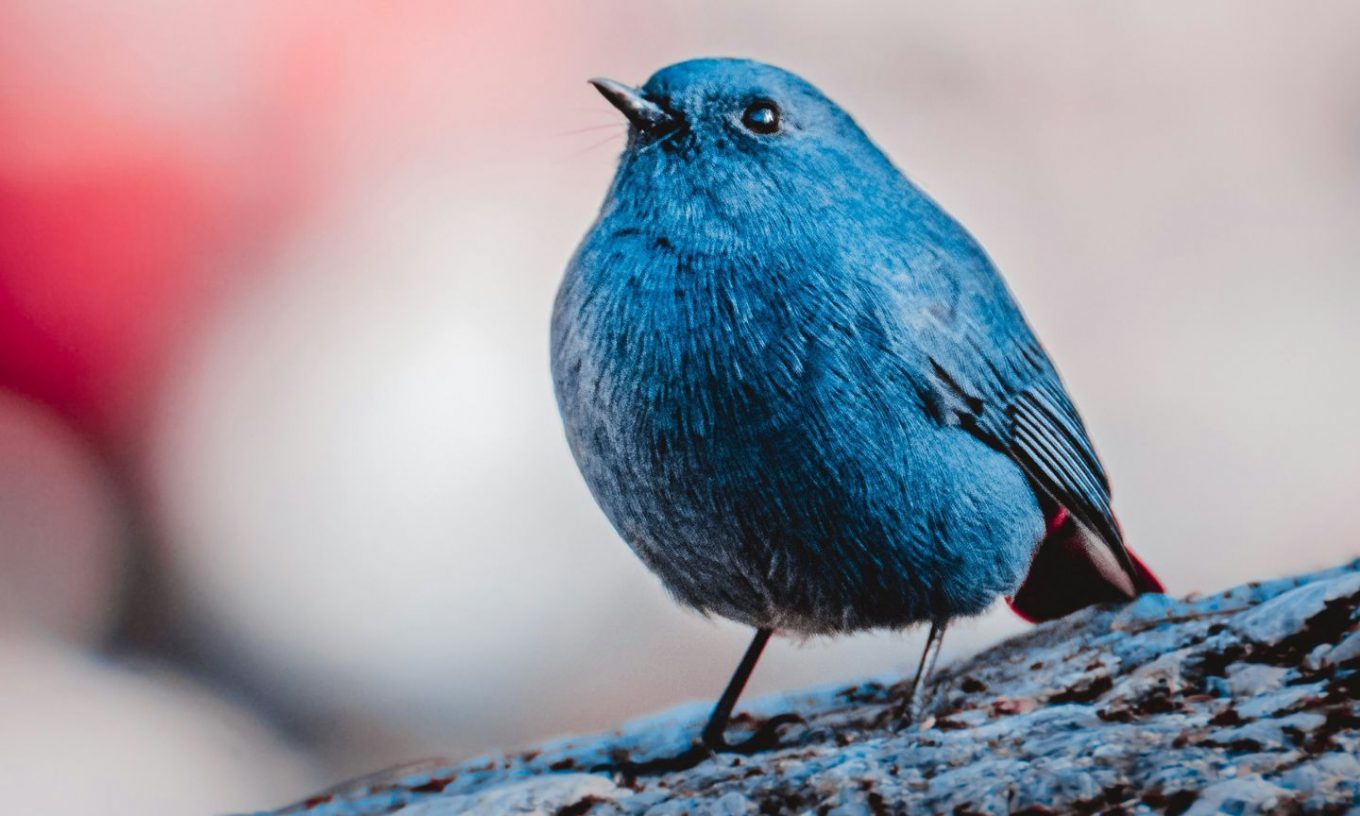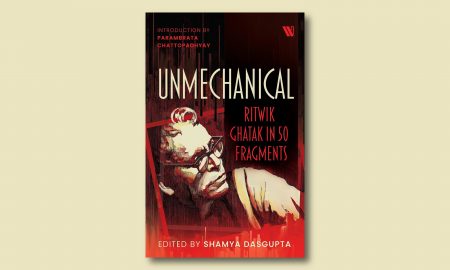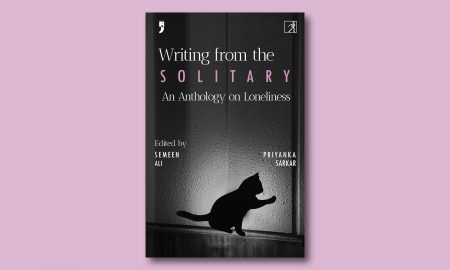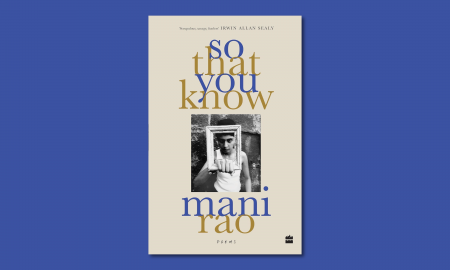The ‘I’ in my poetry is never always myself. Trees and birds live inside me and much of my voice is theirs. They have changed my writing. In return, the poem changes me. That is where the symbiosis happens. It is an experience. It is a journey. The birds that I visit and photograph, and bring back home with me in memories, are welcome voices inside me. They do not get in the way. Rather they resonate inside me and bring a new dimension to my writing. I absolutely revel in nature. Nature makes my poems infinitely more surprising, most of all to myself. It makes me who I am, and it’s the closest thing to meditation and appreciating the moment that I know.
In the pursuit of capturing the elusive beauty of birds through the lens of a camera, I have embarked on a journey that extends far beyond the realm of visual artistry. Birding as a hobby holds within its grasp the power to shape and influence my writing in profound ways. Through the lens of observation, patience, and introspection, this symbiotic relationship between bird photography and writing, blossoms, enriching both endeavours in a harmonious dance of creativity and expression.
Bird photography instills within me a heightened sense of observation—a keen eye that transcends mere visual perception. In the quest to capture avian subjects in their natural habitat, I become attuned to the intricate details of the world around me. The subtle interplay of light and shadow, the graceful movement of feathers caught in the wind, and the delicate balance of nature’s rhythm all become part of my repertoire as a photographer. This acute observation translates seamlessly into the realm of writing, infusing my verse with vivid imagery and sensory detail. Just as a well-composed photograph captures a fleeting moment in time, so too does evocative writing transport the reader to places and moments of sublime beauty.
Bird photography fosters a profound sense of patience and perseverance—virtues that are equally essential in the craft of writing. In the quiet solitude of the wilderness, where the rustle of leaves and the gentle chirping of birdsong are the only companions, I as a photographer, learn the art of waiting. Hours may pass before the perfect shot presents itself, and yet, amidst the stillness, there exists a deep sense of tranquility and purpose. Similarly, in the realm of writing, moments of inspiration often arise from the depths of patience and introspection. Like a bird in flight, the perfect turn of phrase may elude me at first, but with perseverance and dedication, it eventually takes flight, soaring across the page with graceful precision.

Bird photography serves as a gateway to exploration and discovery—a catalyst for the fertile imagination of a poet. As I venture into uncharted territories in search of elusive species, each expedition becomes a voyage of self-discovery, a narrative waiting to unfold. Through the lens of the camera, the world is transformed into a tapestry of infinite possibilities, where every bird becomes a character in a larger story—a story waiting to be written. In this sense, bird photography not only informs my writing but also serves as a source of inspiration, fuelling the creative process with a sense of wonder and curiosity. If you look at my bird photos carefully, you’ll observe the birds seem to be looking directly into the lens. It’s their way acknowledging your presence. They know exactly who and what is in their environment.
Birding has helped me find my voice again. There were times when I experienced a vacuum within myself. I felt as if I might never be able trick up a pen again. In those moments my hobby of travelling to the Himalayas in search of birds, became a profound testimony of my creative spirit. Through the lens of observation, patience, and exploration, I sense the interconnectedness of writing poetry and bird watching. This is a personal connect with avian creatures. I’m not advocating that this applies universally to all poets and writers. Birds enrich my writing with emotional depth. As I embark on my journey of discovery, I find that the lines between art and life begin to blur, giving rise to a new narrative—one that is as boundless and as beautiful as the flight of a bird against the morning sky.
A place or a forest of a slice of the natural environment becomes a backstage for thoughts and ideas to mushroom in the mind or a vestibule where inspiration grows and flourishes and finally finds expression on open blank pages. Birding has helped me to discover a part of me that I didn’t know.
Earlier the poem was between me and me – it is now often, not always, between me and the entity of nature.
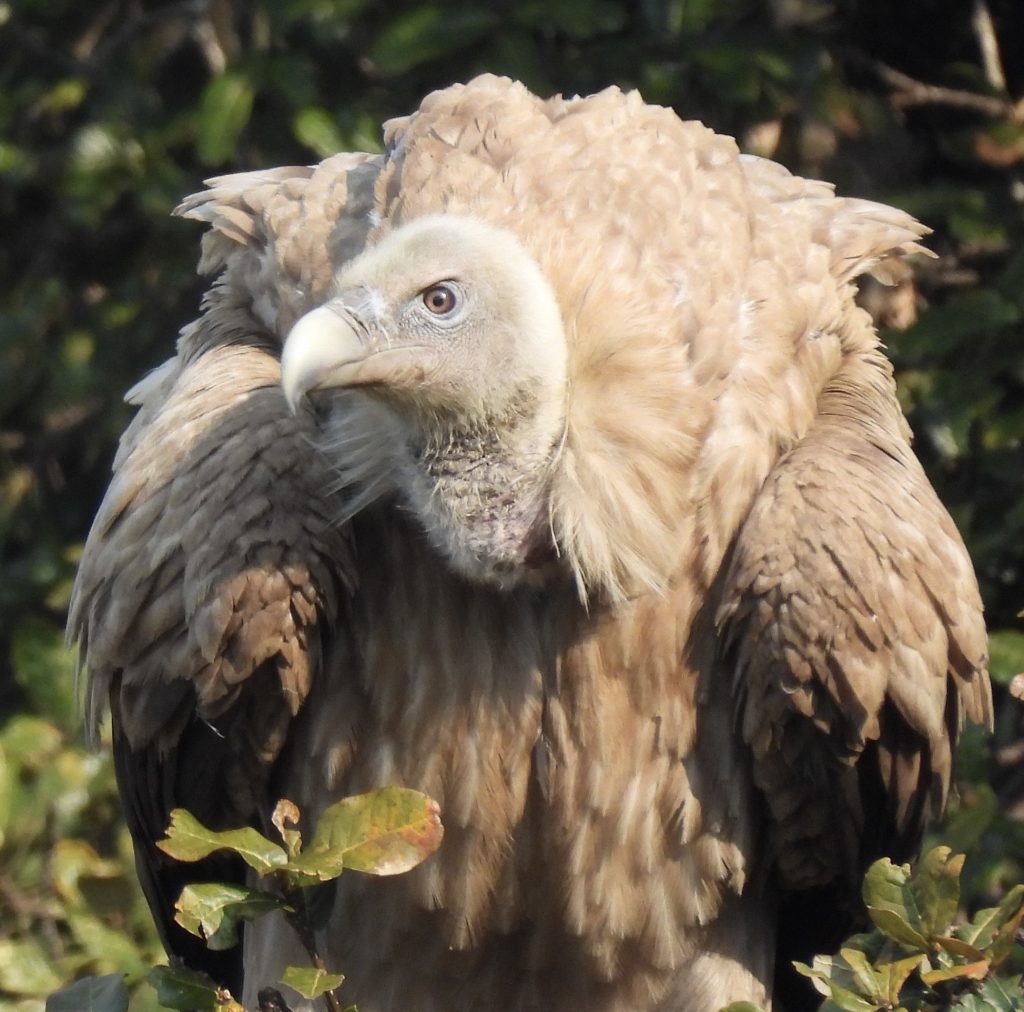
On a larger canvas, Climate justice intertwines human rights and development, challenging a people-centered approach. It aims to protect the most vulnerable and ensures fairness in sharing both the burdens and benefits of climate change. Rooted in science, it recognises the necessity of equitable management of global resources. Theory aside, in reality, when you see forest fires devour scores of birds and animals who nest on the ground, burn their tiny chicks alive, the image is hard to dislodge from the mind. That is what seeing something happen in person does to you.
Two Poems
Last Call of the Kuai’i o’ o’
it is late evening
and the last kuai’i o’ o’
is calling out to its mate from a lapalapa tree
sweet ringlets of flute-like sound
honeyed, skipping octaves
onomatopoeic as his name
he is calling for a mate who will never come
even though his song sugars
every bark, branch, twig, leaf in the forest
his call
ricochets off his searching yellow irises
echoes through empty nest cavities
last is a strange word;
stripping away a species
of existence.
engulfing the remaining one
into a dense grey mist
of broken-hearted silence.
This Tree
not quite a scholar of stones
but a blend of
soil and light.
Aged sunshine,
darkened in the crevices
of brown pine cones.
The tree’s shadow,
the colour of a heart
crushed too often.
Its conifer straightness
toppled like a matchstick
by heavy duty chainsaws.
Wood, resin, sap,
phloem, xylem…
avenged by metal.
Lands left as bereft
as the clouds
that have lost
the nuzzle of trees.


